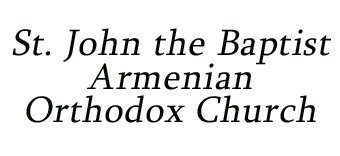EMPEROR ST. THEODOSIUS II’S
Emperor Theodosius II, who started his rule over the Roman Empire in 408 at the tender age of seven, succeeded his father, Arcadius. Known as “the Younger” to differentiate him from his grandfather, Emperor Theodosius I the Great, his reign is notable for two major accomplishments: the promulgation of the Theodosian law code and the construction of the Theodosian Walls in Constantinople. His sister, Pulcheria, played a crucial role in his life, instilling in him a deep Christian piety and a strong devotion to the Orthodox Faith.
